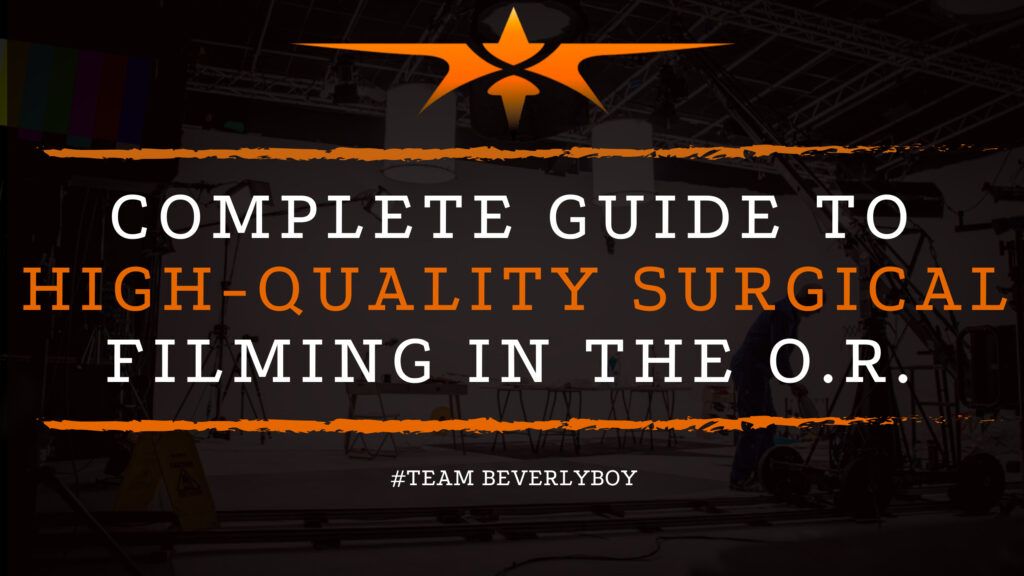Complete Guide to High-Quality Surgical Filming in the Operating Room
Filming in the operating room (OR) presents a fascinating yet challenging environment for capturing medical procedures. Unlike conventional filming locations, the OR has unique requirements, from sterile fields to specific lighting conditions, making high-quality surgical filming a precise and intricate task. This form of filming is invaluable for healthcare professionals, as it not only aids in training but also reduces liability by providing accurate documentation. Here’s an in-depth look at what surgical video production entails, the necessary precautions, and how it benefits healthcare.
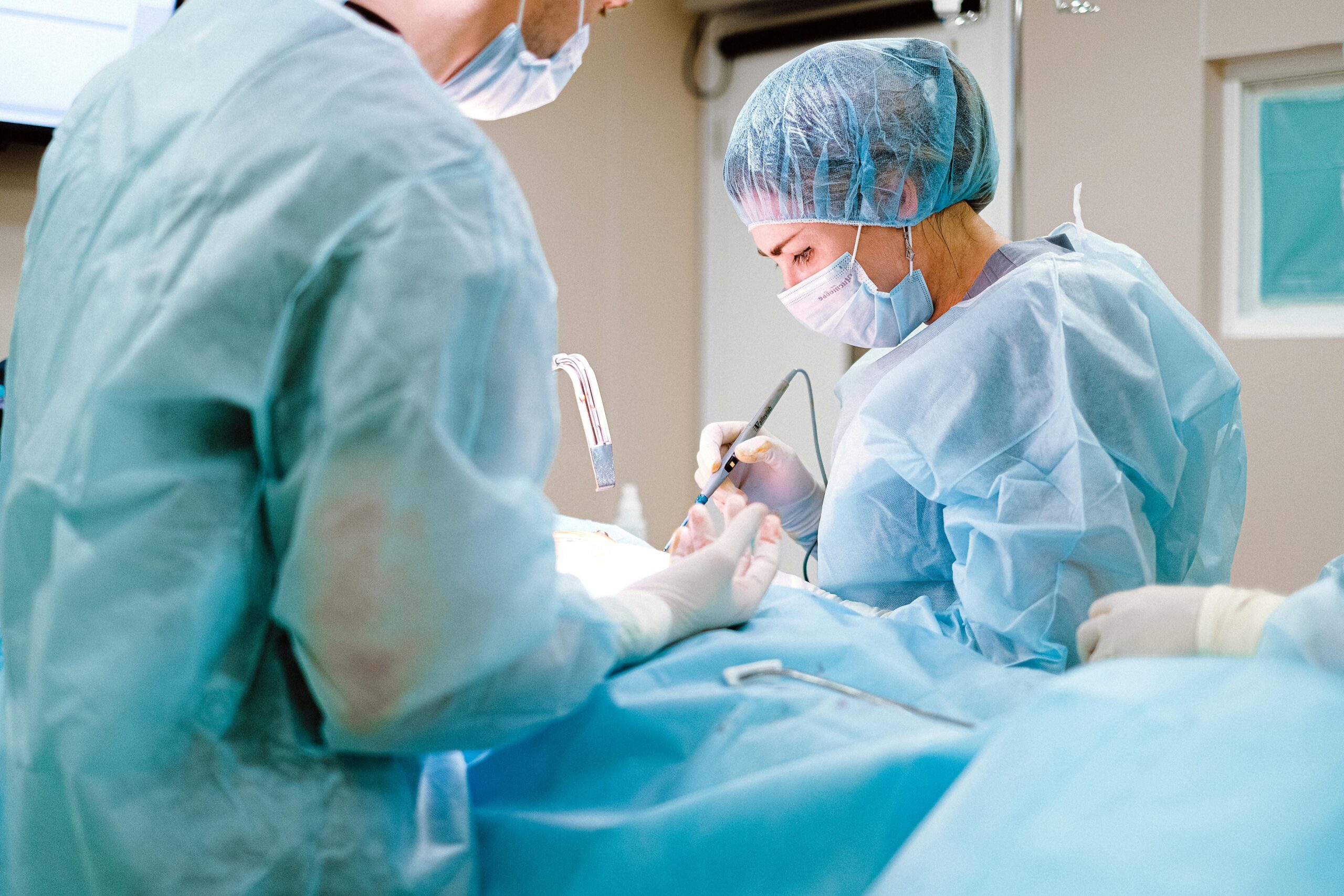
GET A VIDEO QOUTE FOR YOUR PROJECT TODAY
The Challenges of Filming Surgical Procedures in the OR
Surgical Procedure Filming in HD differs vastly from regular filming, given the constraints of space and the need for sterility. Operating rooms are often bustling environments, filled with essential personnel such as surgeons, nurses, anesthesiologists, and support staff. Each individual in the room has a defined role, and knowing who’s who is essential for effective surgical video production. As the camera crew works within this busy field, they must respect the movements and tasks of the OR staff, ensuring the film captures the procedure without intruding.
Lighting poses another challenge. Although operating rooms are well-lit for surgery, the lighting is often inadequate for filming. Specialized equipment is needed to adjust lighting without disrupting the surgical procedure, ensuring that all necessary details are visible on film.
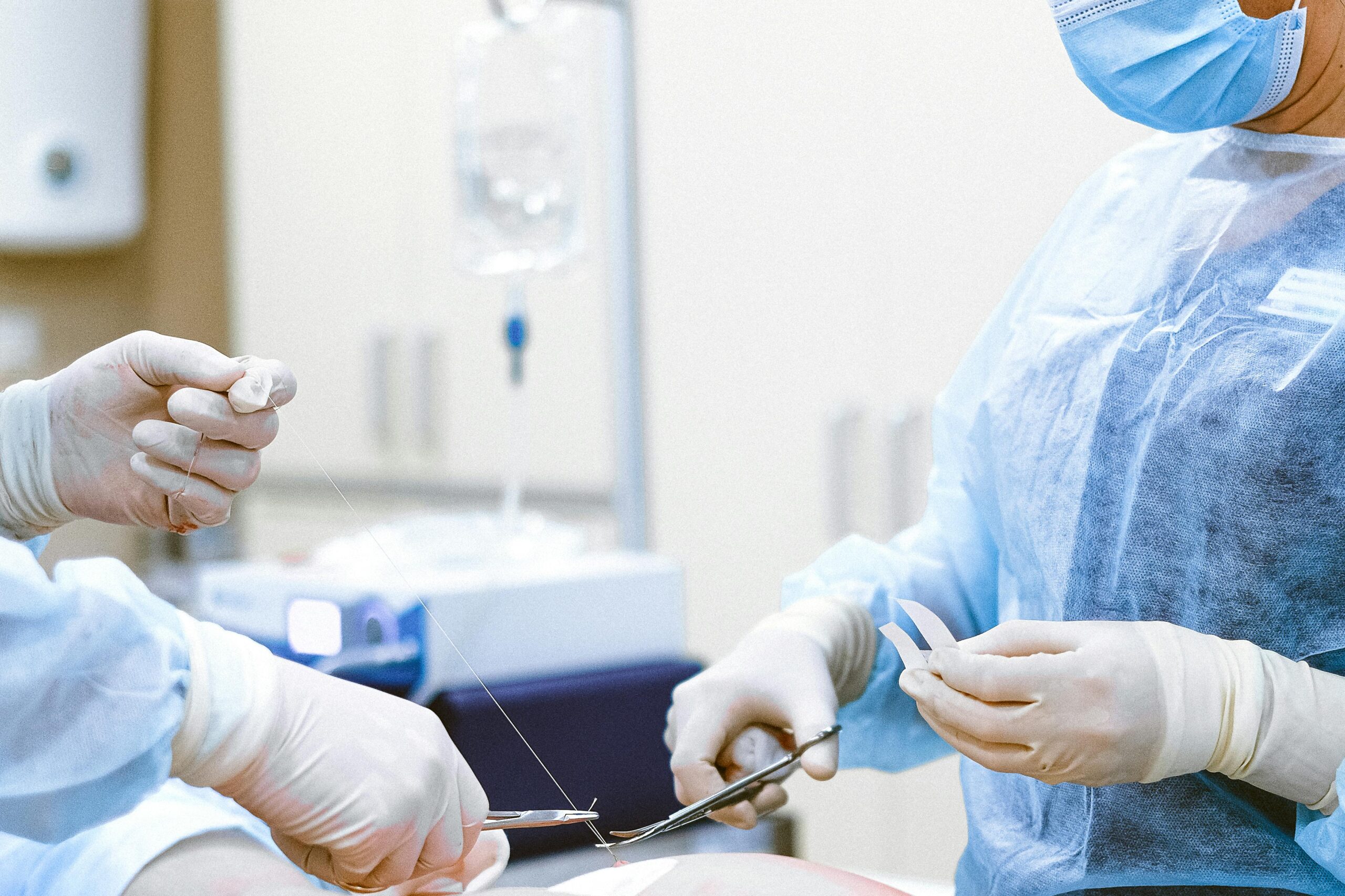
Understanding OR Protocols for Surgical Video Production
When conducting surgical video production, a comprehensive understanding of operating room protocols is paramount. Crew members must be educated on the concept of the sterile field, a designated area around the patient and medical equipment that must remain free from contaminants. Any violation of this field can compromise the safety of the patient and may halt the surgical procedure. Typically, film crew members and their equipment are considered non-sterile; hence, they need to maintain a certain distance and avoid contact with the patient, medical staff, and instruments.
High-quality OR filming solutions often require the crew to be ready to stop recording at any given moment. The OR staff may request the camera to be turned off immediately for privacy or other sensitive reasons. Adhering to these commands ensures respect for patient confidentiality and compliance with healthcare regulations.
Key Equipment for Successful Surgical Video Documentation
Professional medical filming in surgery demands high-quality, specialized equipment to overcome the unique challenges of the OR. From high-definition cameras to stabilizers, each tool plays a crucial role in ensuring clear, precise visuals without interfering with the procedure. Essential equipment for surgical filming includes:
- High-definition cameras: Essential for capturing detailed footage, especially during minimally invasive procedures.
- Stabilizing mounts: Tripods or stabilizers are crucial for steady shots.
- Adjustable lighting: Portable lights that blend seamlessly with OR lighting to prevent unwanted reflections or shadows.
- Portable monitors: Allow real-time playback for the crew to ensure critical moments are captured accurately.
These tools are instrumental in providing the clarity and stability necessary for surgical documentation while minimizing disruptions in the OR.
Why Surgical Video Production and Documentation Matter in Healthcare

High-quality surgical filming and documentation serve as powerful tools for healthcare professionals, not only as educational resources but also for tracking procedural accuracy. Documenting surgeries on film goes beyond traditional surgical notes, allowing the surgical team to narrate steps in real time. This level of detail ensures a more accurate account of events than what can be captured through written notes alone. Additionally, surgical video production benefits minimally invasive procedures, where intricate movements need to be documented for both training and legal purposes.
Unlike typical post-surgery notes, medical videos enable healthcare providers to review every step, ensuring nothing is left to interpretation. This can significantly improve healthcare practices, allowing surgeons to learn from previous cases and refine techniques based on real-life outcomes.
GET A VIDEO QOUTE FOR YOUR PROJECT TODAY
Filming Techniques for Optimal Surgical Documentation
In high-quality surgical video production, using the right techniques can make a significant difference in capturing essential details accurately. One effective method is to focus on wide-angle shots that give context to the procedure, followed by close-up shots of critical moments. This combination allows viewers to understand the overall setting while focusing on specific actions. Wide-angle shots provide a broader perspective, while close-ups capture the surgeon’s hand movements and the use of instruments in intricate procedures.
Another valuable technique in surgical filming is maintaining a steady frame, especially during delicate parts of the surgery. For this, stabilizing tools like gimbals and tripods are essential. Additionally, ensuring the audio captures real-time instructions and explanations by the surgeon can further enrich the documentation, offering a complete view of the procedure from beginning to end.
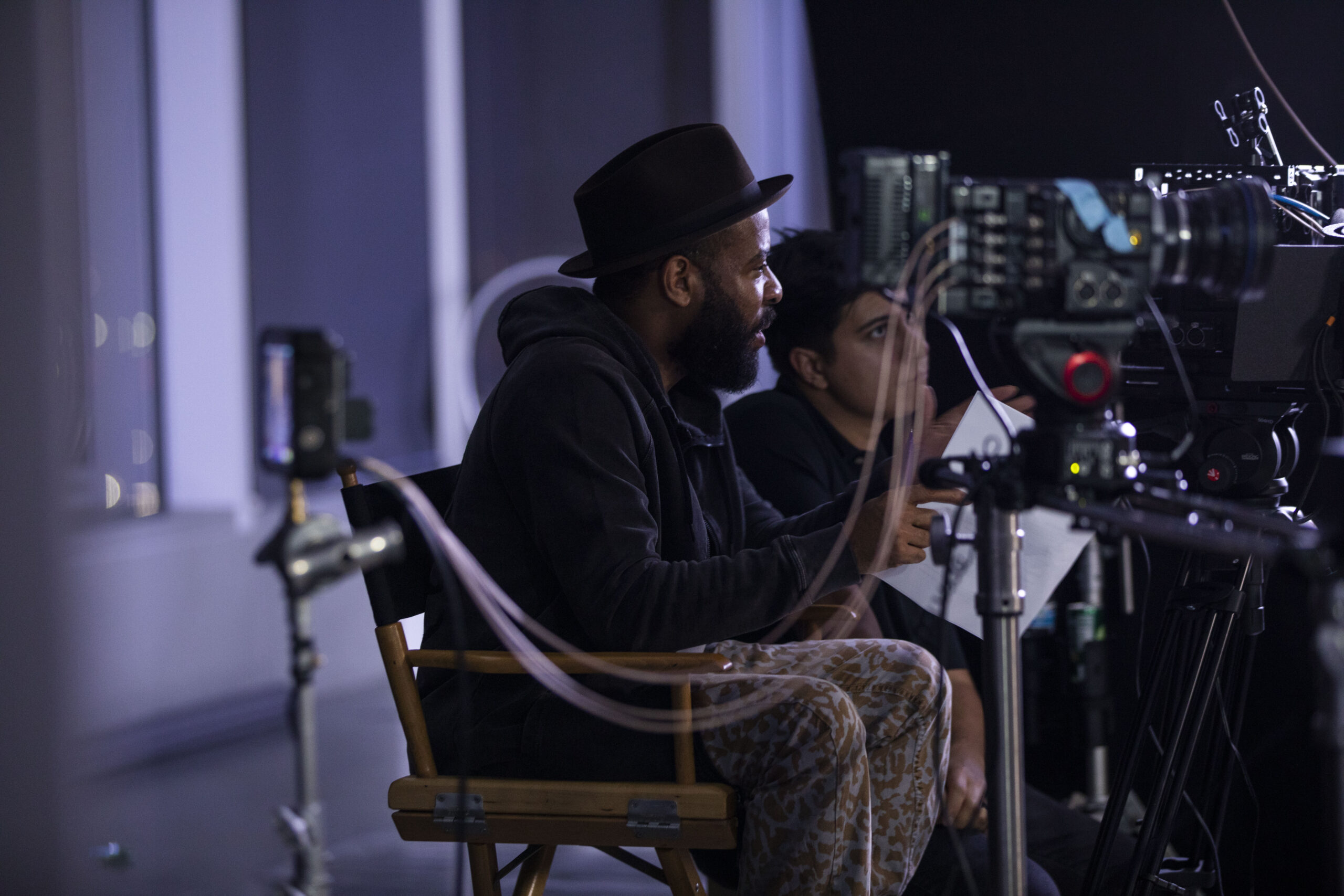
Lighting techniques also play a role in optimal surgical videos. Diffused lighting can help avoid harsh shadows, which may obscure details. Proper lighting placement minimizes glare and enhances the clarity of the footage, allowing for high-quality documentation without disrupting the OR environment.
The Role of Surgical Filming in Medical Education
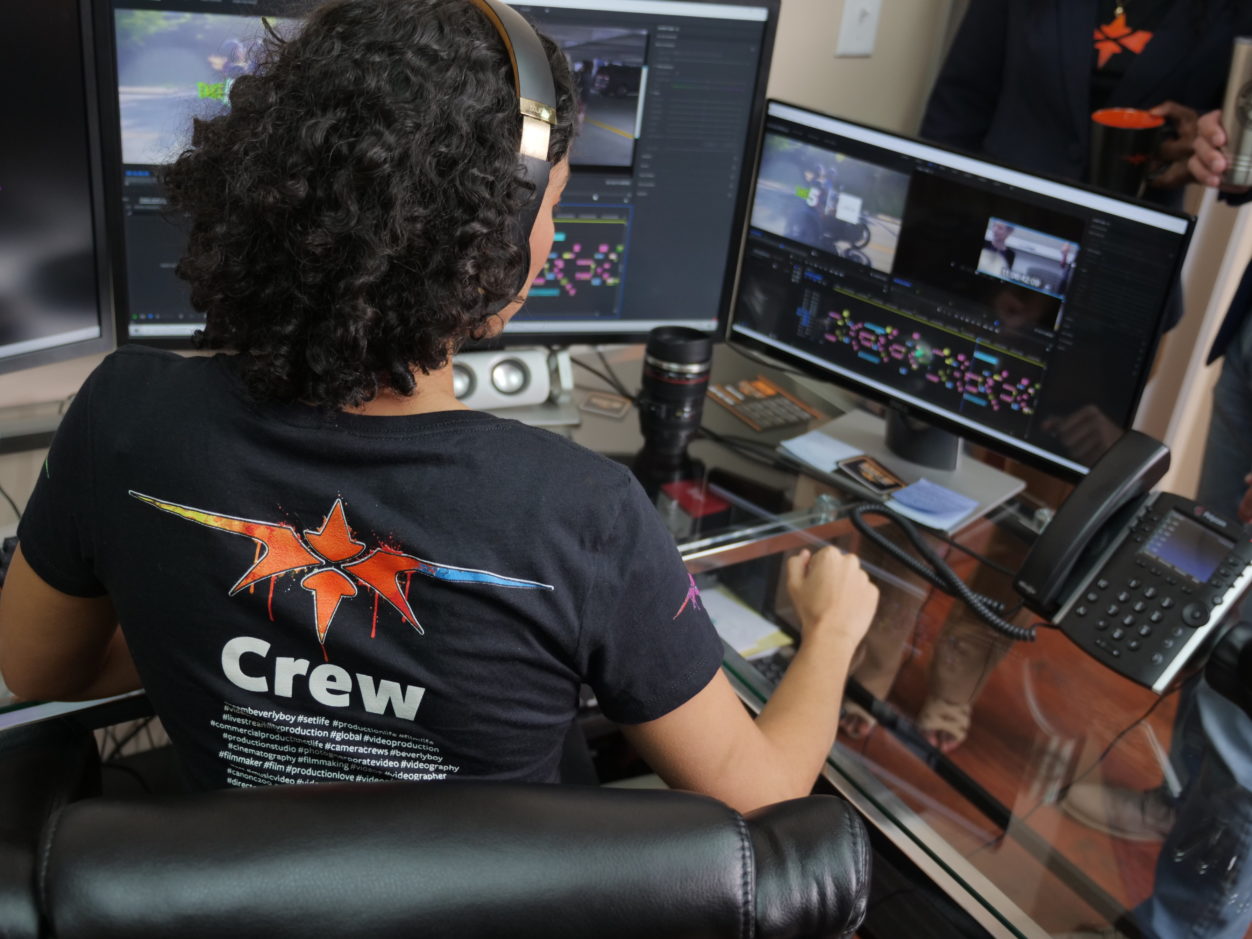
Surgical video production serves as a critical resource for medical students and professionals who seek to enhance their skills and learn from real-life cases. Watching a surgical procedure on film enables students to observe techniques and decisions made in real time, which can be difficult to capture in written notes alone. By following along with each step of a procedure, medical students gain valuable insights into technique and best practices in the OR.
Furthermore, professional surgical filming services enable instructors to pause and discuss specific moments with students, analyzing each detail in a structured and engaging manner. This unique approach to learning has proven highly effective, as it combines both visual and verbal information. Video documentation provides a more immersive experience compared to traditional learning methods, such as textbooks or lectures, allowing students to gain deeper insights into surgical techniques.
For practicing surgeons, surgical videos serve as an ongoing educational tool. Experienced surgeons can review their past procedures, critique their methods, and identify areas for improvement. This continuous learning process ensures that surgeons stay updated with the latest techniques and maintain high standards of care.
Minimizing Liability Through Surgical Videos
One of the most compelling reasons for incorporating expert filming for surgical procedures is its impact on liability. By providing a transparent record of the entire procedure, video documentation can help resolve malpractice claims. When an adverse event arises, surgical footage offers an unbiased account of the surgery, detailing each step as it happened. This record can serve as crucial evidence, supporting or disproving claims of malpractice. With the precision offered by surgical filming, healthcare facilities have seen a reduction in liability cases and a decrease in errors related to documentation.
- Visual records for accountability: Video documentation holds everyone accountable by capturing the entire surgical procedure.
- Real-time surgeon commentary: Surgeons can narrate each step, adding another layer of context and clarity.
- Reference for future procedures: Videos can be revisited by healthcare teams to improve processes and practices.
By integrating these practices, healthcare facilities can not only improve their surgical standards but also protect themselves from potential legal challenges.
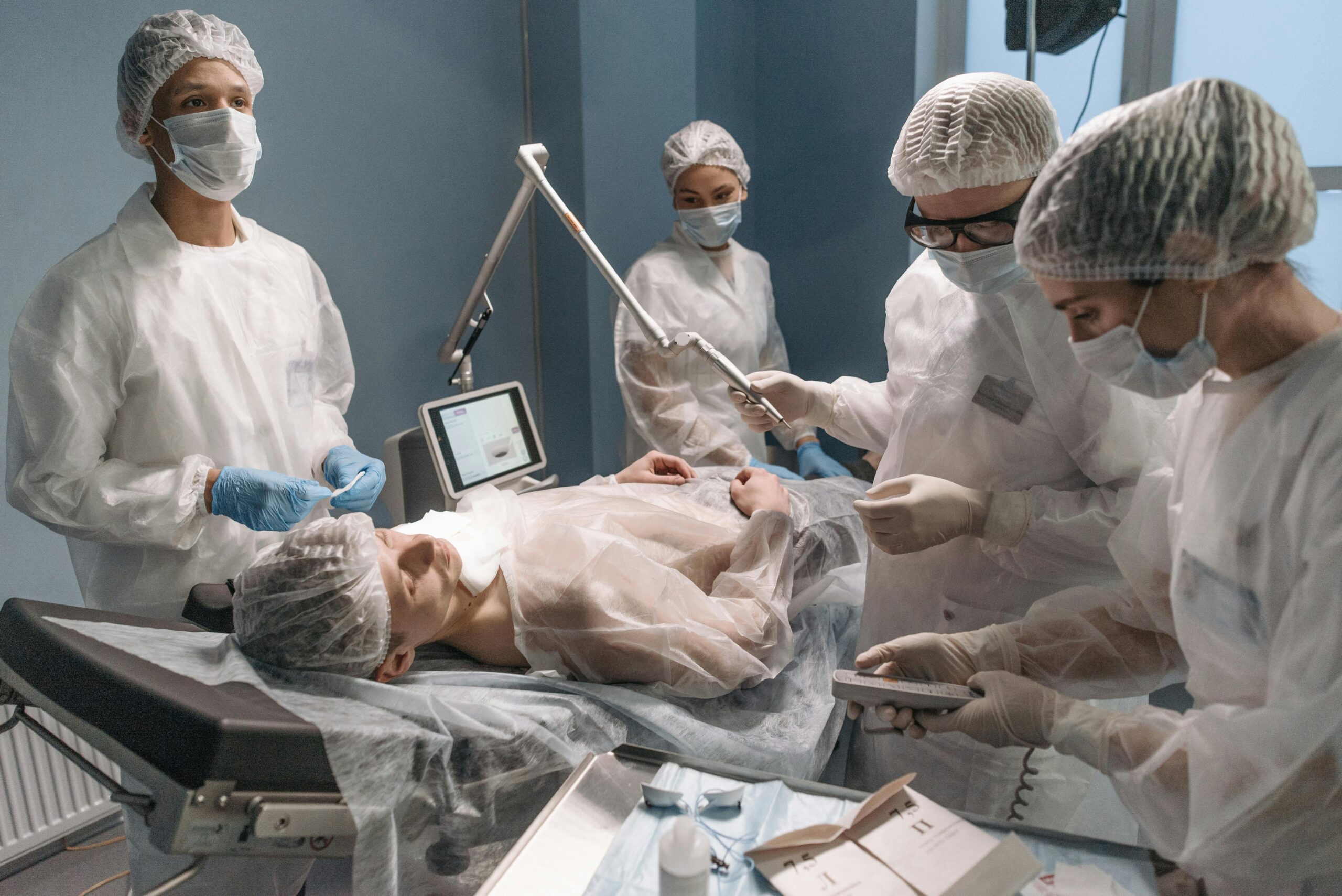
The Quality Standards of Surgical Video Production
While the primary focus of medical surgery filming services is accuracy over aesthetics, quality production can still enhance its value. Although high-end filming settings may not be necessary, ensuring that the footage is clear, steady, and informative allows it to serve as an effective training tool for other medical professionals. Watching or reviewing well-produced footage can clarify complex surgical methods, especially in cases where the surgeon’s verbal instructions align with the visuals.
High-quality surgical filming provides future healthcare providers with valuable insights into how experienced surgeons manage complex cases. It also allows for critical evaluation, enabling surgeons and medical staff to assess each step and learn from any procedural errors that may have occurred.
GET A VIDEO QOUTE FOR YOUR PROJECT TODAY
Surgical video production requires a professional touch, as each step is vital to creating a valuable resource for healthcare. If you’re ready to integrate surgical filming into your medical practice or require an experienced team to document procedures, contact Beverly Boy Productions today. Our team is committed to delivering professional, high-quality surgical documentation that meets the strict standards of the healthcare industry.

